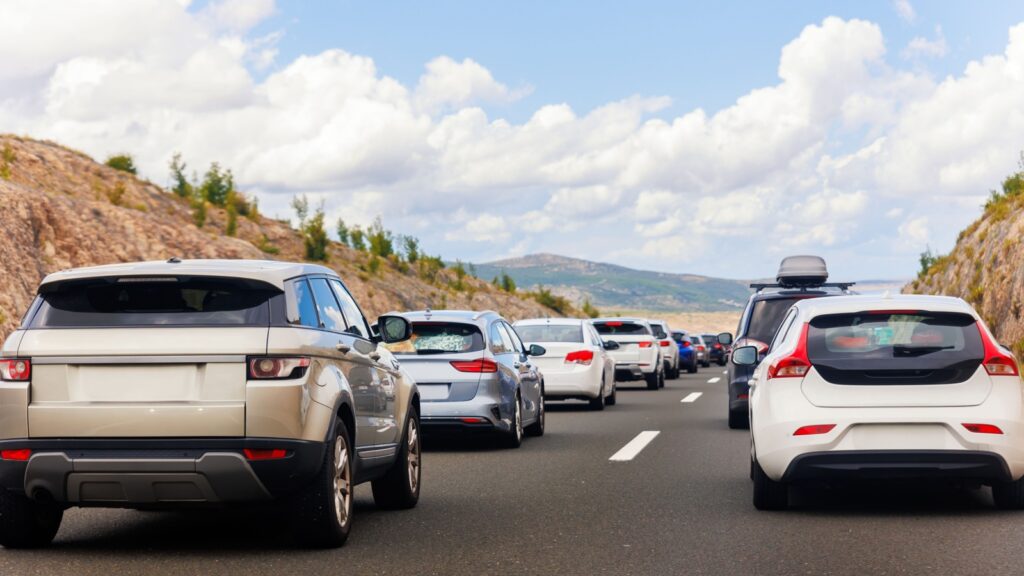Driving in Canada might feel straightforward, but there are plenty of hidden rules that can catch newcomers and even locals off guard. From quirky provincial laws to lesser-known national regulations, these rules often go unnoticed until you’re facing a fine or awkward encounter with the law. Here are 13 hidden rules for driving in Canada you didn’t know about:
Turning Right on Red Isn’t Always Allowed
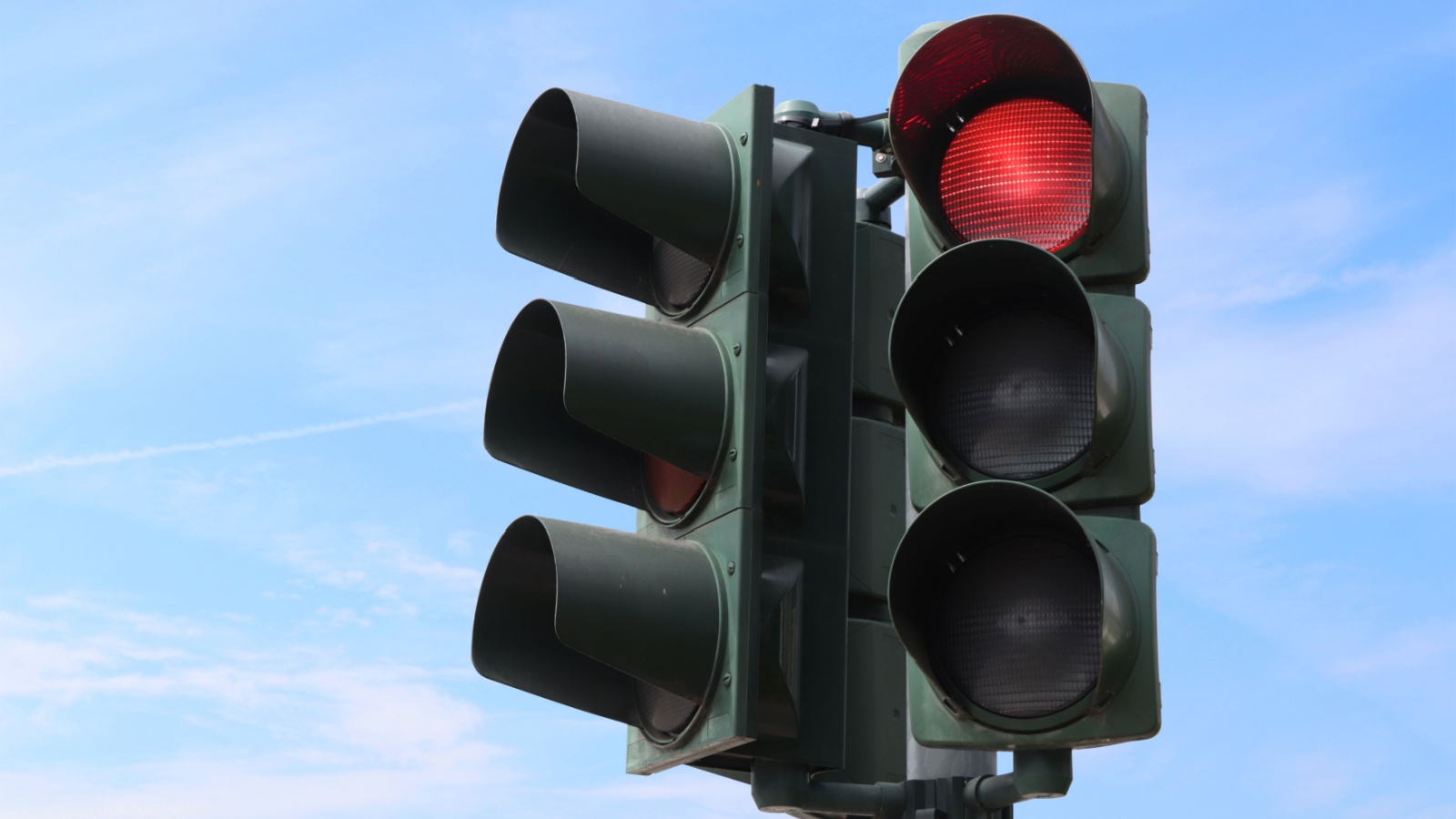
In most of Canada, you can turn right at a red light after stopping, but Montreal is the exception. The city bans right turns on red entirely to reduce accidents involving pedestrians and cyclists. Tourists often make this mistake without realizing it, which can lead to hefty fines. Even outside Montreal, drivers must come to a full stop before turning, something many forget. The rule might seem minor, but it’s heavily enforced, and if you’re used to driving in the U.S. or other Canadian cities, make sure to check the signs before making that quick right.
Headlights Must Be On, Even During the Day

In Canada, daytime running lights are mandatory on most vehicles, but many drivers don’t realize that taillights often stay off unless manually switched. This becomes a problem in fog, rain, or snow, where only your front lights are visible. Police can ticket you if you’re not properly lit in poor visibility, and some provinces even require headlights on 30 minutes before sunset and 30 minutes after sunrise. The rule is about safety, not just visibility. So even if you think your car is lit enough, check that both headlights and taillights are on when needed.
Winter Tires Are Mandatory in Some Provinces
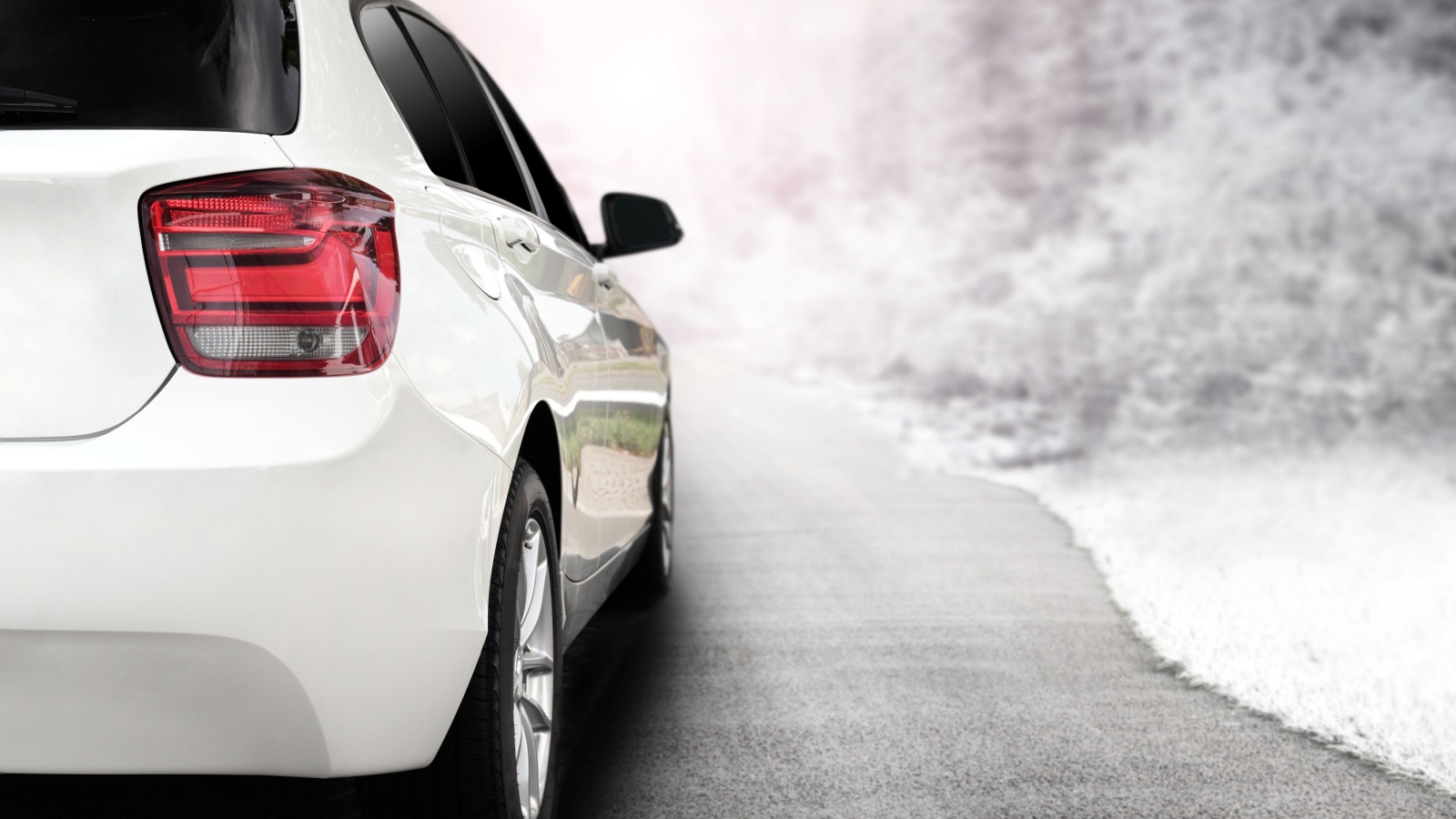
In Quebec, it is the law that all vehicles must have winter tires between December 1 and March 15. Other provinces, like British Columbia, require them on certain highways during the winter months. Many tourists don’t know this and risk fines or worse, dangerous driving conditions, by ignoring the rule. Insurance companies may also deny coverage if you’re in an accident without winter tires where they’re required. Even in provinces without laws, winter tires are highly recommended because they offer snow traction, grip better in cold conditions, and keep you safer when the temperature drops.
Passing School Buses Is Strictly Prohibited

One of the strictest driving rules in Canada involves school buses. If the stop arm is out and the lights are flashing, you must stop in both directions, even on undivided roads. Passing a stopped school bus can lead to massive fines, demerit points, and even license suspensions in some provinces. Many newcomers assume it’s like other countries, where only cars behind the bus stop, but that’s not the case here. The law is designed to protect kids crossing the road. No matter how rushed you are, wait until the lights stop flashing before moving again.
Four-Way Stops Follow a Strict Order
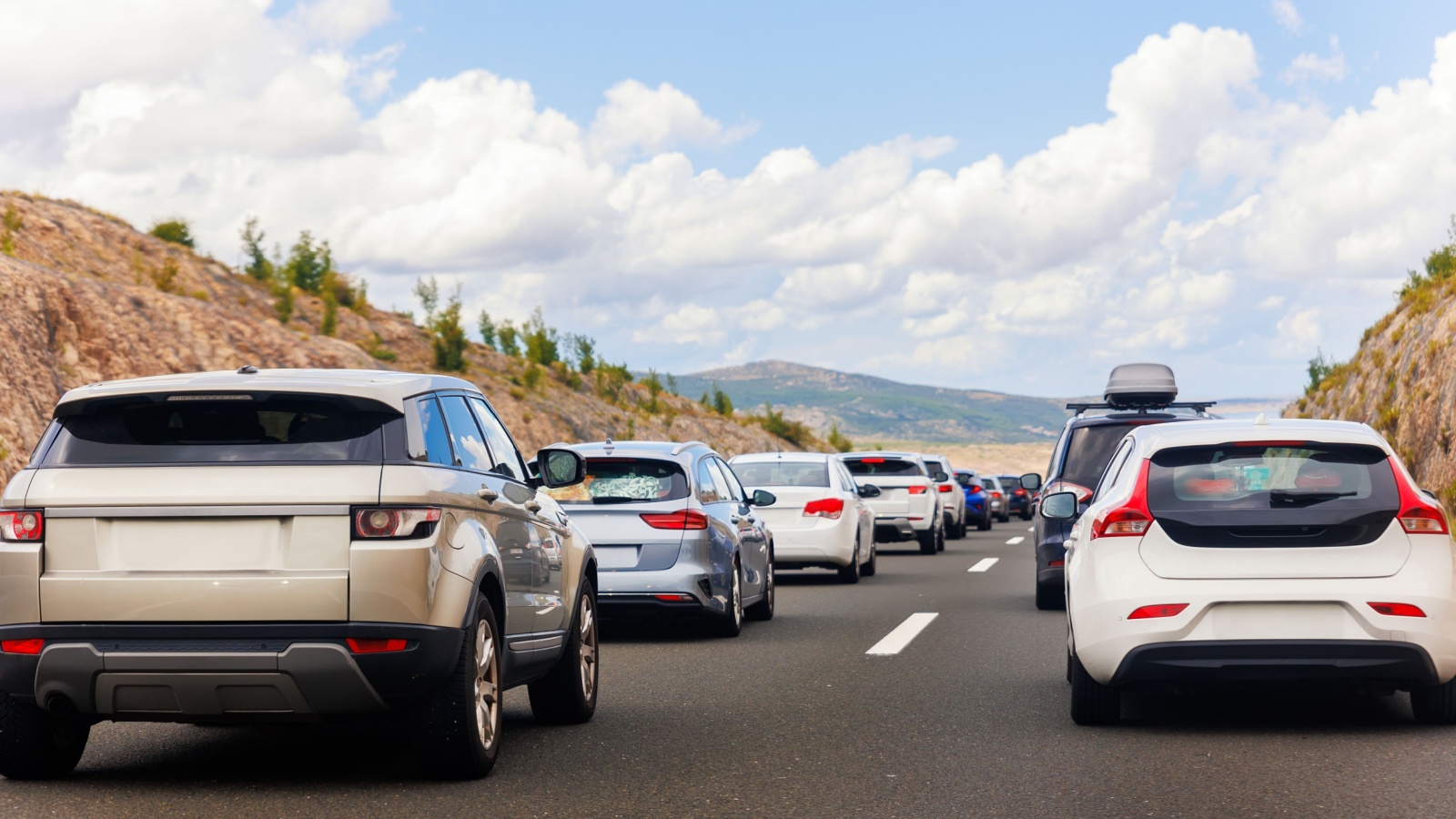
Four-way stop signs can be confusing for drivers, especially when multiple cars arrive at once. In Canada, the rule is simple but often ignored, where the first to arrive is the first to go. If two vehicles arrive at the same time, the driver on the right has the right of way. Failure to follow this order can cause fender benders or road rage incidents. Tourists sometimes hesitate too long, frustrating locals, while others assume they can sneak through. Learning the rhythm of four-way stops is essential, and it keeps traffic flowing and prevents confusion in suburban and rural areas.
You Must Move Over for Emergency Vehicles
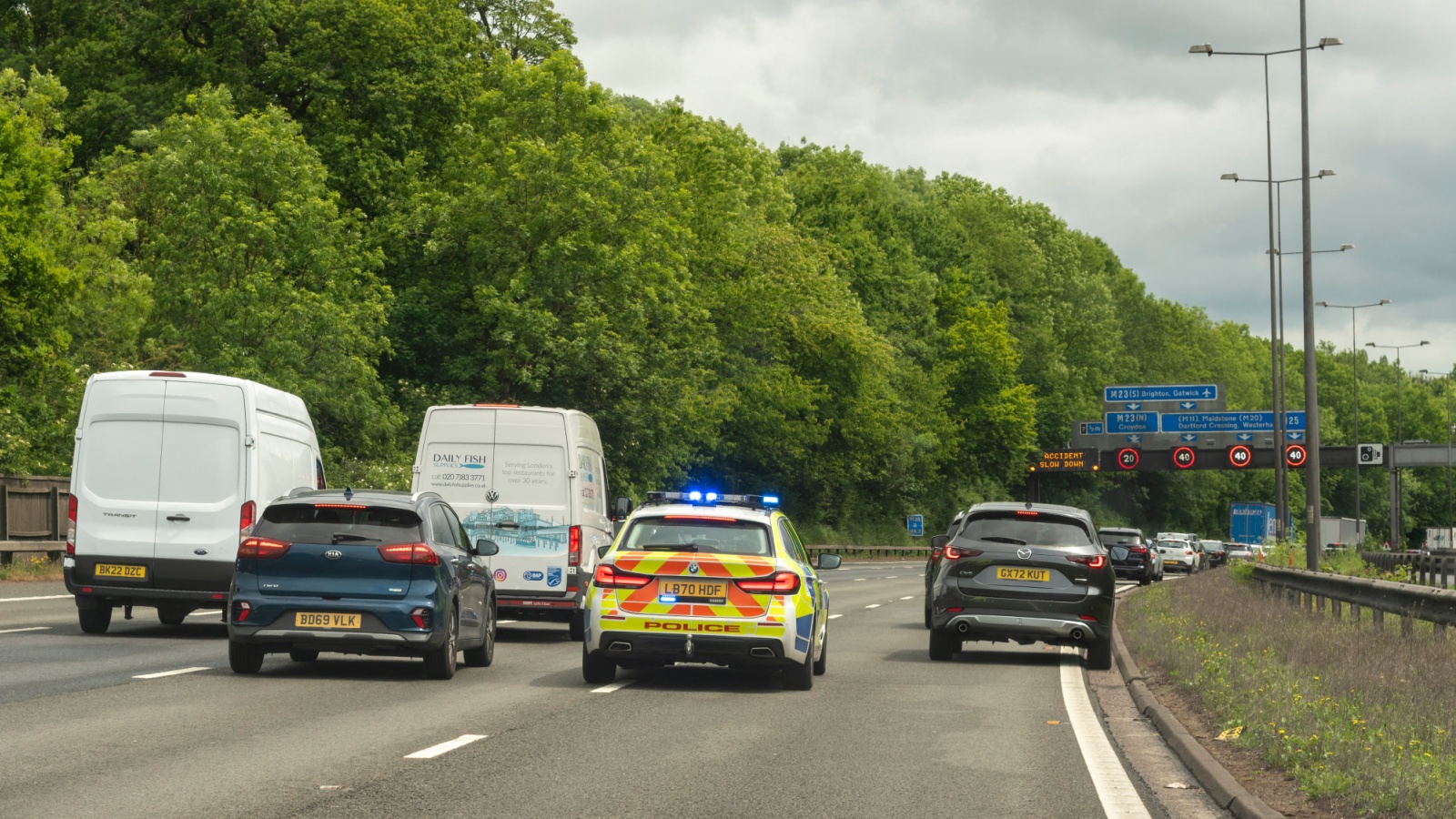
When you see flashing lights from a police vehicle, fire truck, or ambulance on the side of the road, Canadian law requires you to slow down and move over if it’s safe. Many drivers overlook this rule and just keep driving in their lane. Failing to move over can result in heavy fines, especially in Ontario, where the law is aggressively enforced. Even tow trucks with flashing amber lights fall under this rule. It’s not just about courtesy, but also a safety law designed to protect workers and first responders from being struck by passing vehicles.
Pedestrians Always Have the Right of Way at Crosswalks
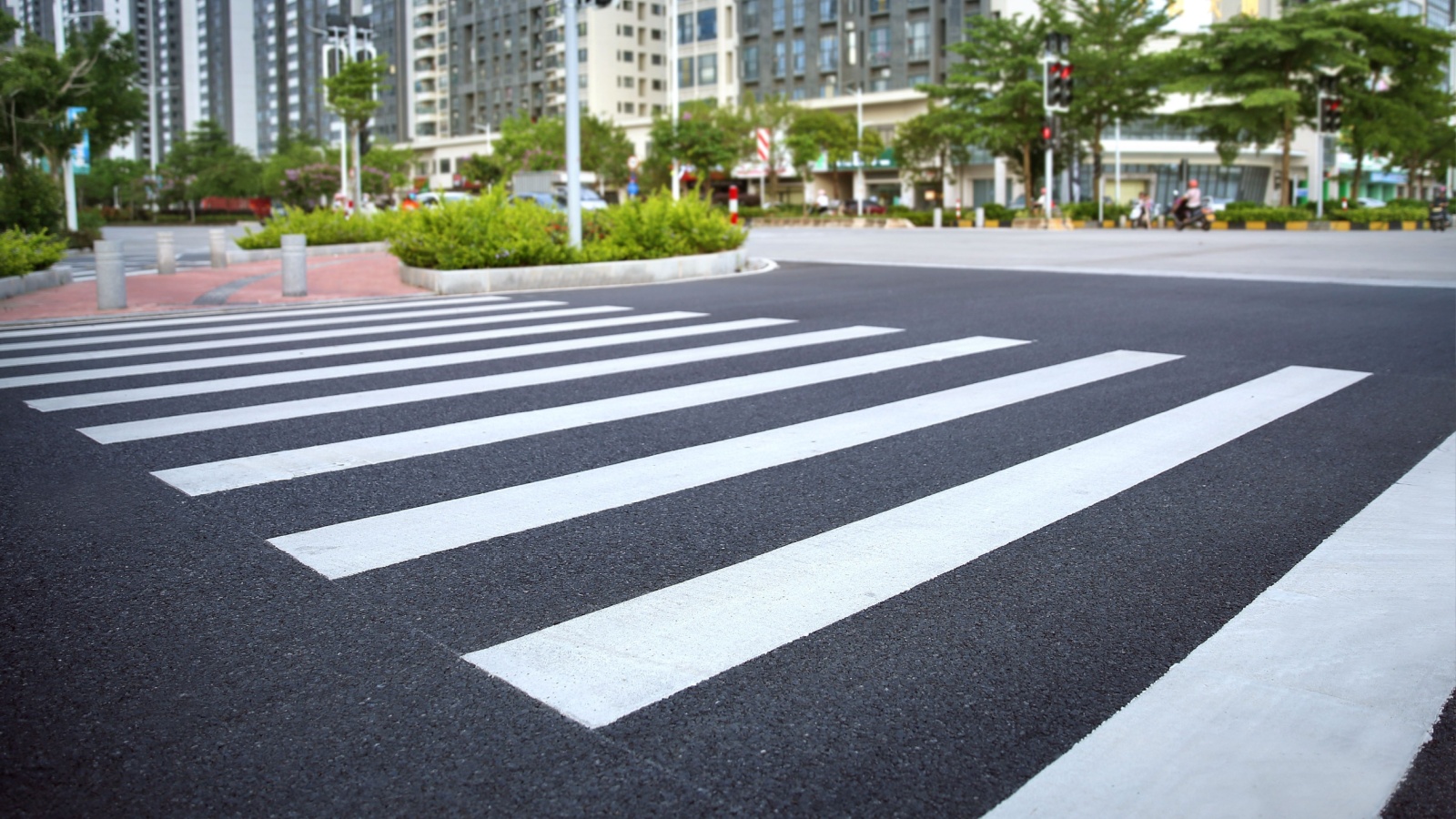
In many Canadian cities, crosswalk rules are strict, where once a pedestrian has stepped onto the road, drivers must stop and let them cross completely. Some provinces, like British Columbia, also require drivers to stop for pedestrians at unmarked crosswalks, essentially any intersection without signals. This surprises many visitors who are used to yielding only at marked areas, and failing to stop can cost you a fine and demerit points. More importantly, it’s a safety issue. Canadians take pedestrian right-of-way laws seriously, especially in urban centers where walking is part of everyday life.
Distracted Driving Includes More Than Phones

Most people know using your phone while driving is illegal, but Canadian distracted driving laws go much further. Eating, grooming, programming a GPS, or even holding an electronic device can land you a ticket. Penalties vary by province, but fines are steep and can come with license suspensions. Tourists often assume using a phone for navigation is okay, but unless it’s mounted and hands-free, it’s not. Provinces like Ontario and British Columbia have some of the strictest distracted driving laws in North America, making this one rule you can’t afford to ignore.
Using Radar Detectors Is Illegal
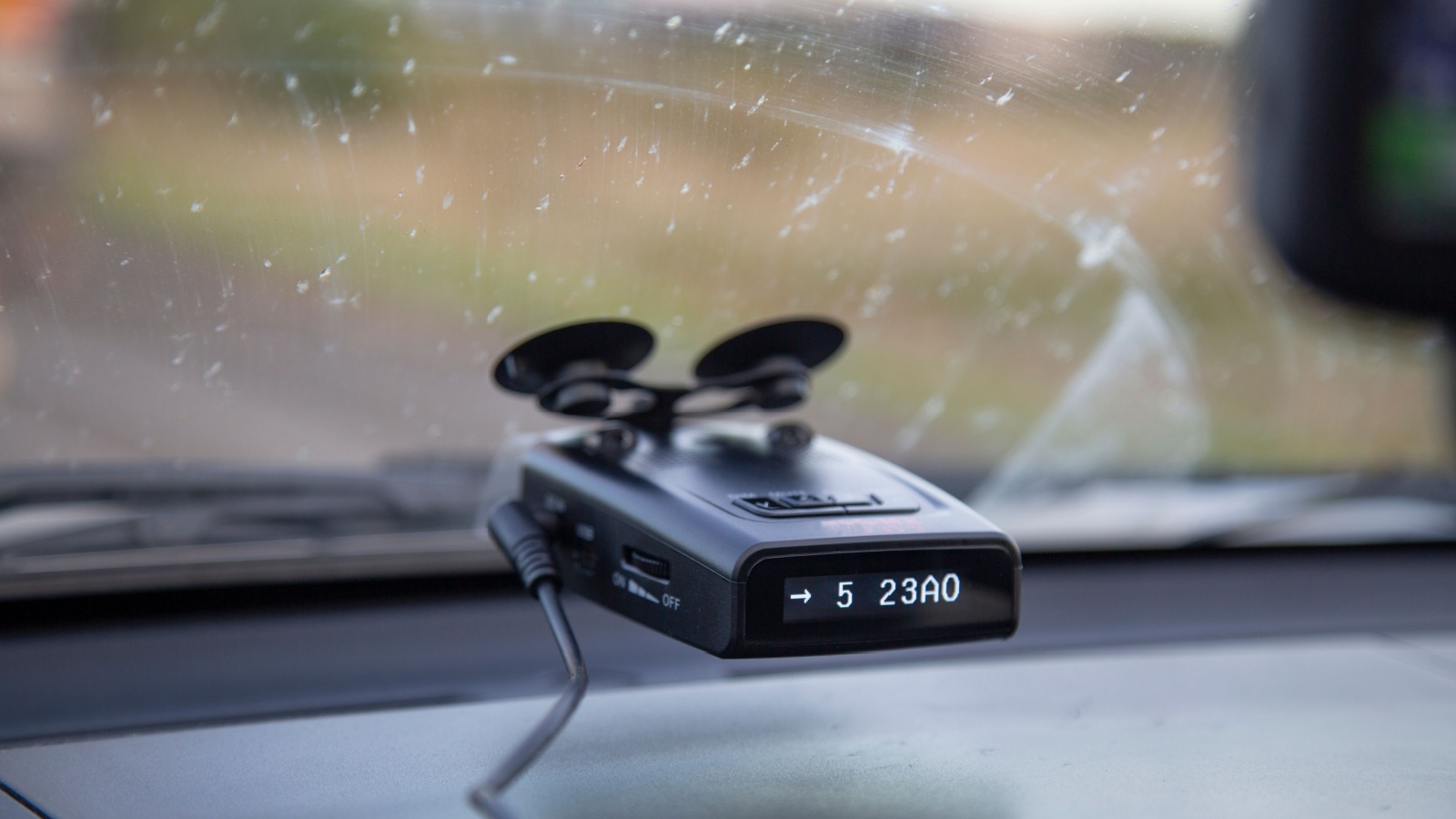
Unlike in many U.S. states, radar detectors are completely banned in most Canadian provinces. In Quebec, Ontario, and Manitoba, simply having one in your car, whether you’re using it or not, can lead to confiscation and fines. Even transporting one across provincial borders can get you into trouble. Many American tourists are caught off guard by this, assuming they’ll get the same leniency as back home. Canadian police have specialized equipment to detect them, making it not worth the risk.
No Idling in Certain Cities
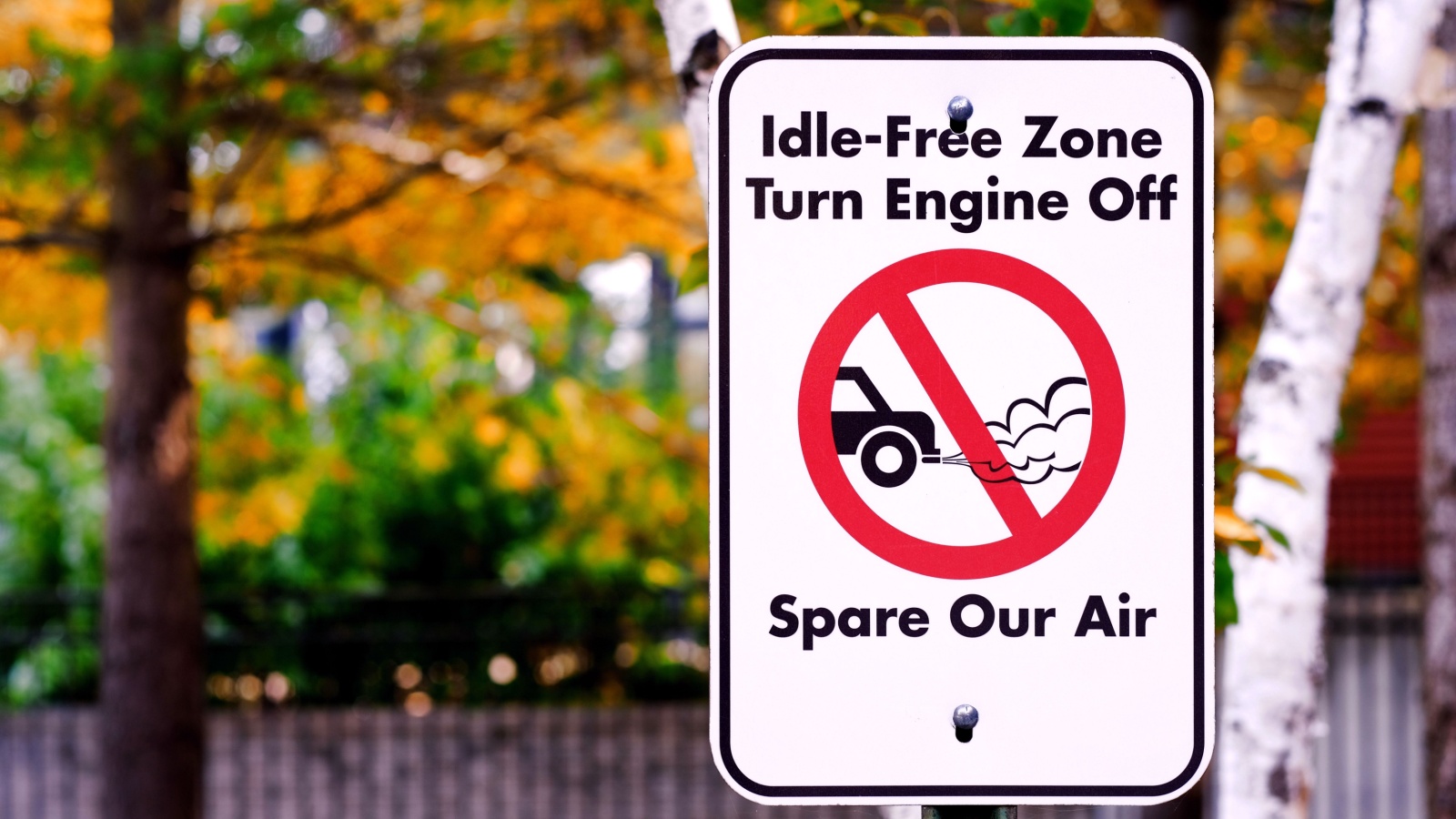
In several Canadian cities, like Toronto and Vancouver, anti-idling laws are in place to reduce pollution. This means you can’tc. Tourists often forget this in winter, when warming up the car feels necessary, but police and bylaw officers can fine you. Some municipalities even have stricter rules around schools to limit kids’ exposure to emissions. It might feel inconvenient, but the laws are part of Canada’s push for cleaner air. Shutting off your engine when parked is both eco-friendly and legal.
Roundabouts Have Their Own Rules
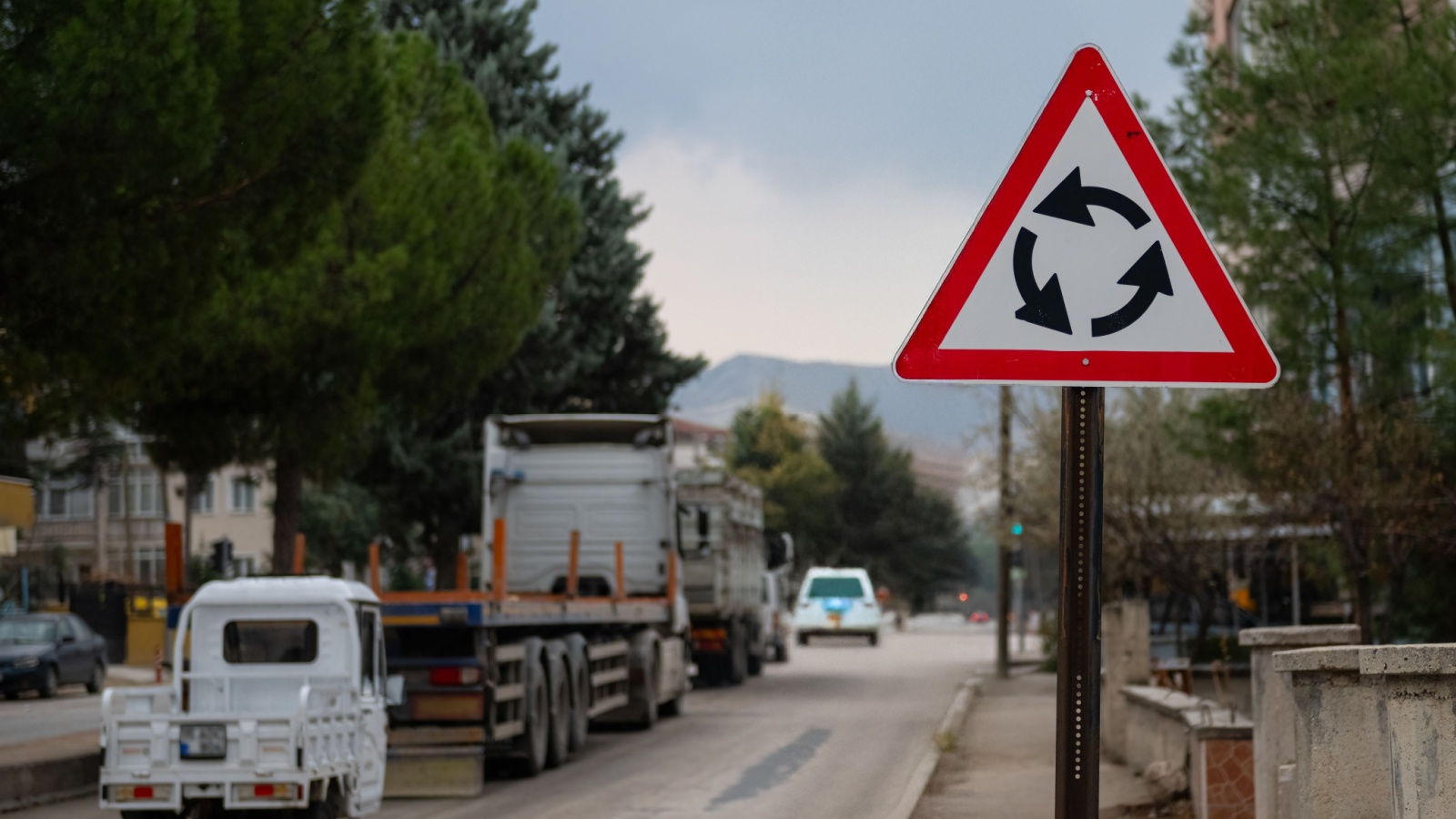
Roundabouts are becoming more common across Canada, but many drivers still misuse them. The main rule is that vehicles inside the roundabout always have the right of way. You must yield before entering, signal before exiting, and never stop inside the circle unless traffic requires it. Tourists often treat roundabouts like four-way stops, which can create confusion and delays. Ontario, in particular, has invested heavily in roundabouts, so knowing the rules is essential. They’re designed to keep traffic moving smoothly and reduce accidents if everyone follows the hidden rules that govern how to use them properly.
No U-Turns Unless Posted
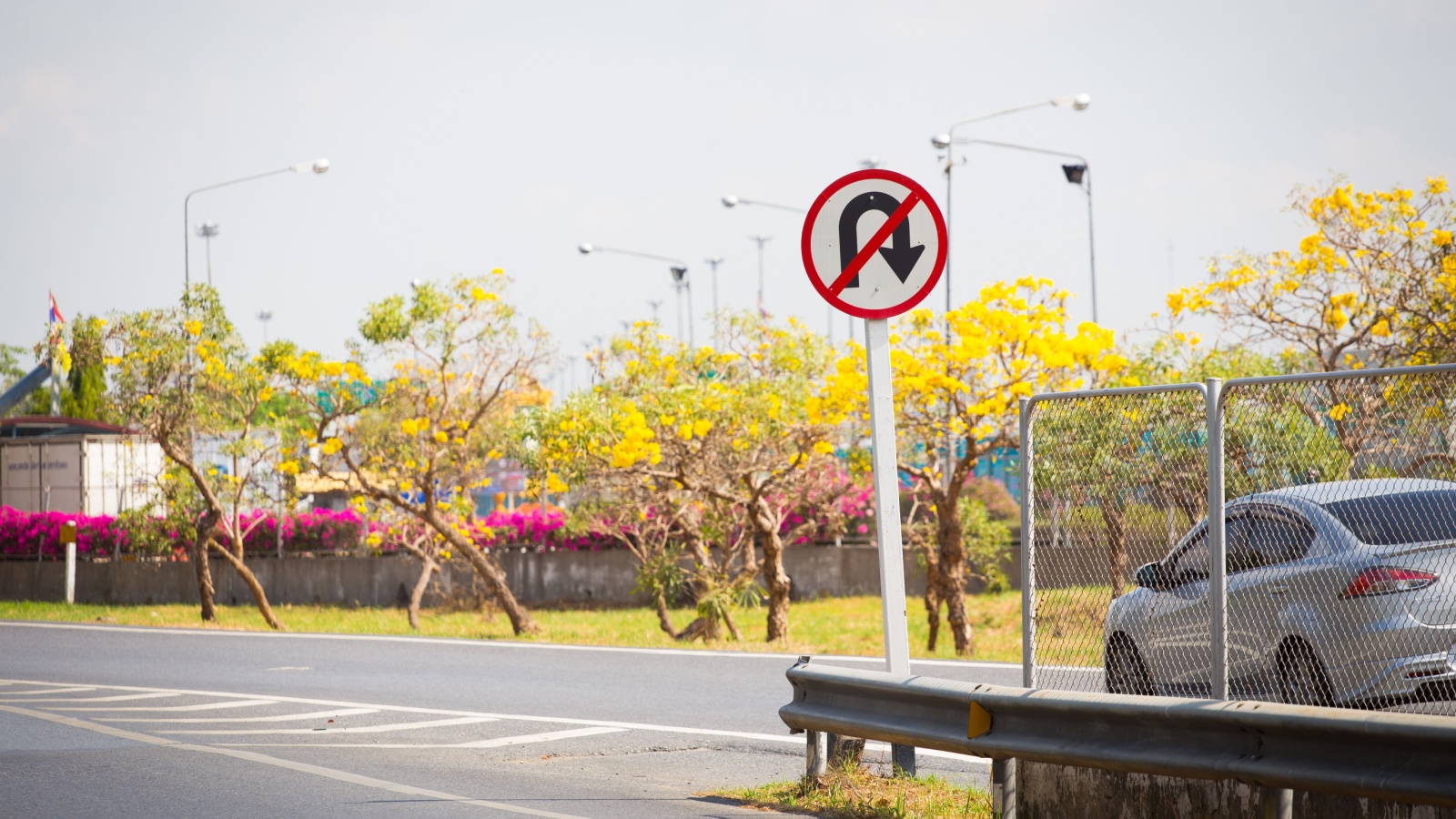
In many Canadian provinces, U-turns are heavily restricted and often illegal unless explicitly allowed by signage. In places like Ontario, you can only make a U-turn at intersections where it’s clearly safe and permitted. Attempting one in a no-U-turn zone can result in fines and demerit points. Tourists, especially those from the U.S., often assume U-turns are widely accepted. In Canada, they’re far less common and usually discouraged to prevent accidents. If you miss a turn, it’s safer to drive around the block rather than risk making a U-turn in the wrong place.
Failing to Clear Snow Off Your Car Can Get You Fined
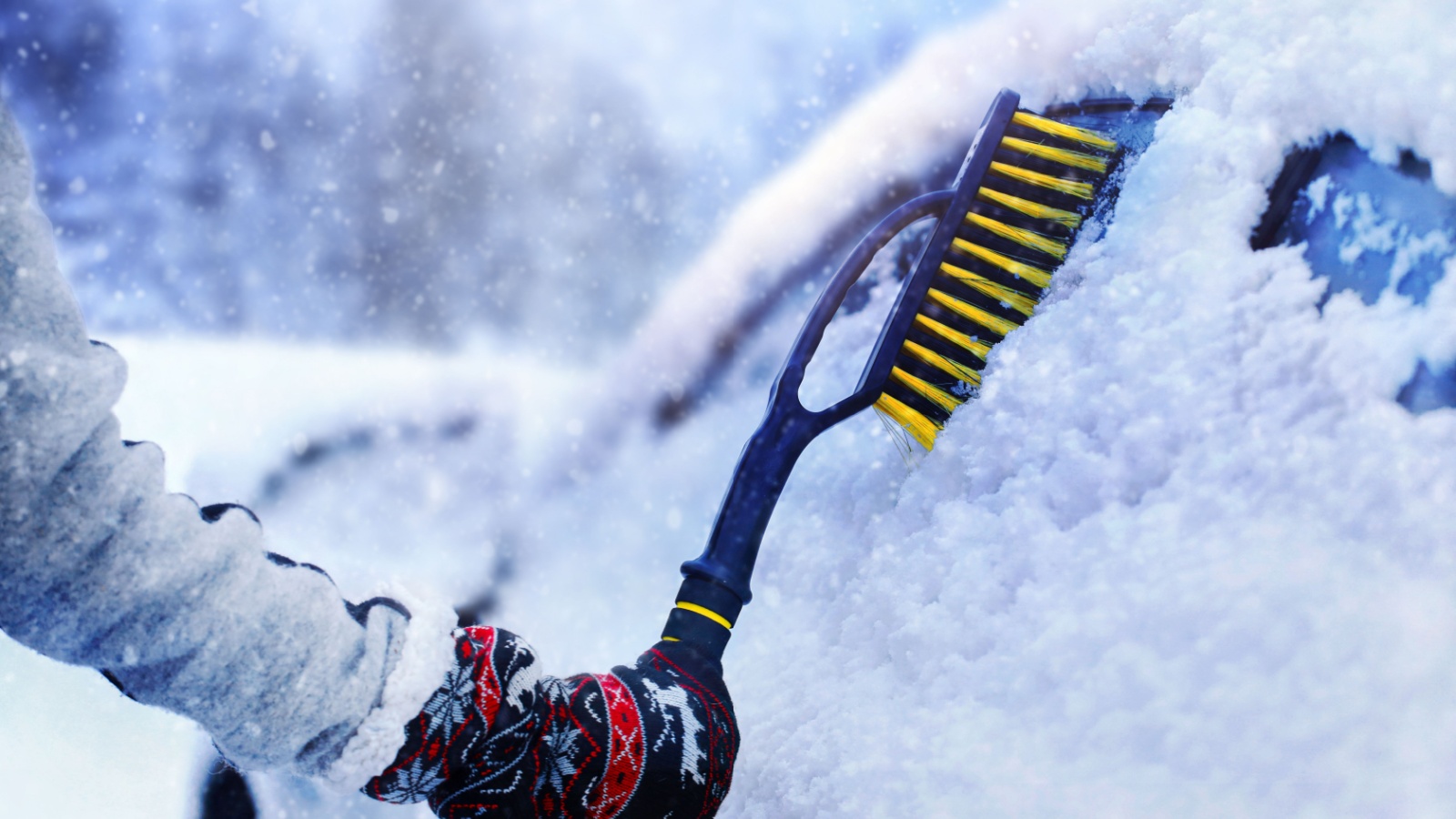
In winter, it’s not enough to scrape just your windshield, as Canadian law requires drivers to clear snow and ice from the entire car, including the roof, mirrors, and lights. Failing to do so can lead to tickets and liability if the snow from your car causes an accident. Flying chunks of ice are a serious hazard, especially on highways, and tourists unfamiliar with Canadian winters often underestimate how strict enforcement can be. Taking the extra five minutes to clear your vehicle isn’t just about avoiding fines, but also about keeping everyone on the road safe.
21 Products Canadians Should Stockpile Before Tariffs Hit

If trade tensions escalate between Canada and the U.S., everyday essentials can suddenly disappear or skyrocket in price. Products like pantry basics and tech must-haves that depend on are deeply tied to cross-border supply chains and are likely to face various kinds of disruptions
21 Products Canadians Should Stockpile Before Tariffs Hit
